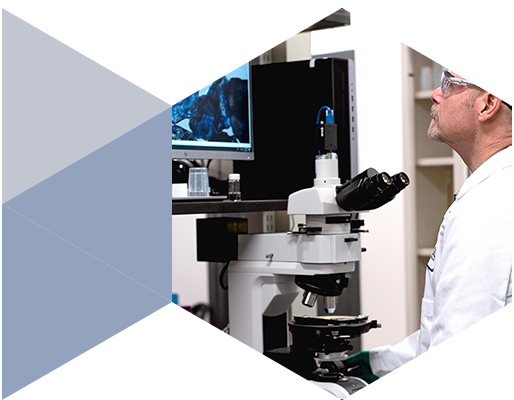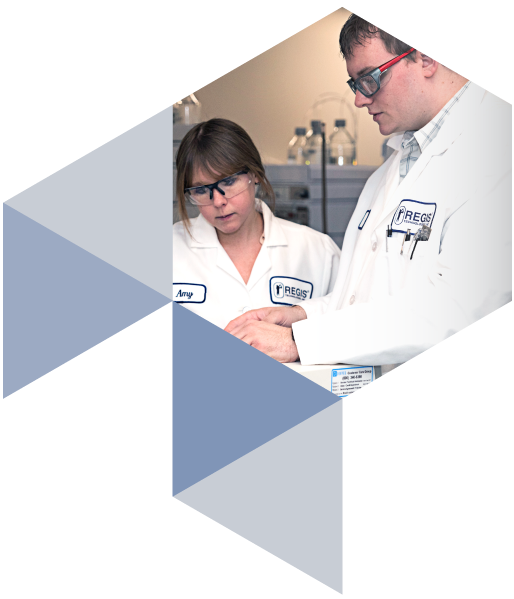Milling
Regis is a custom small molecule API manufacturer with an excellent quality record that offers many complementary support services including analytical development, solid state chemistry, and impurity identification, characterization, fate & purge studies, particle size reduction and wet (slurry) milling services.
Request for Information
Rely on our expertise to accelerate your project from preclinical to commercialization, fast. Connect with our team and learn how we can help expedite your project to the next phase.


